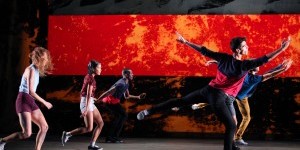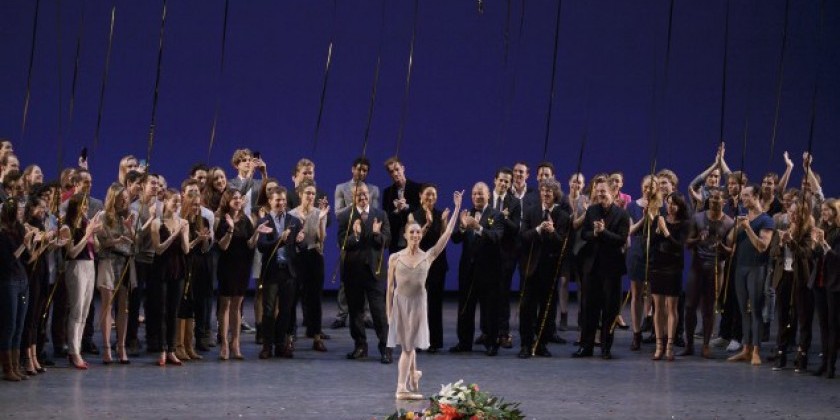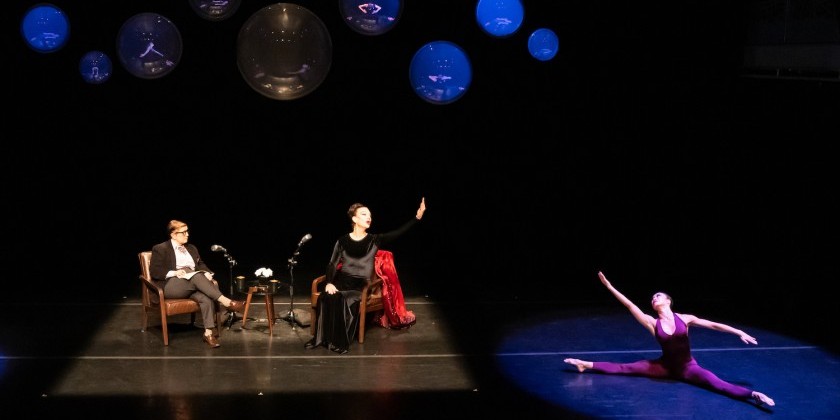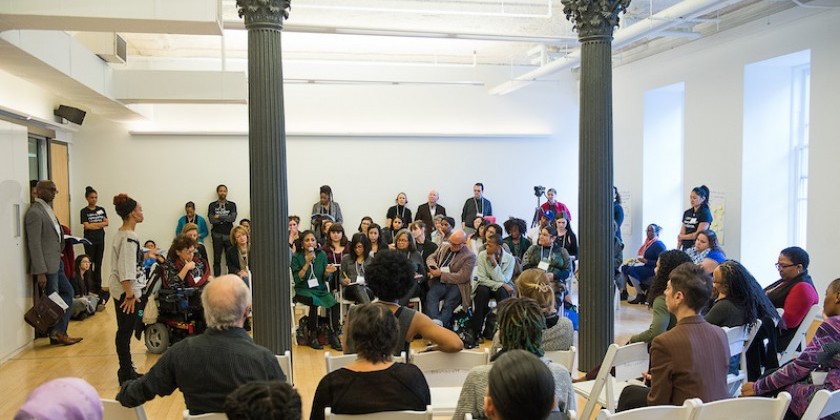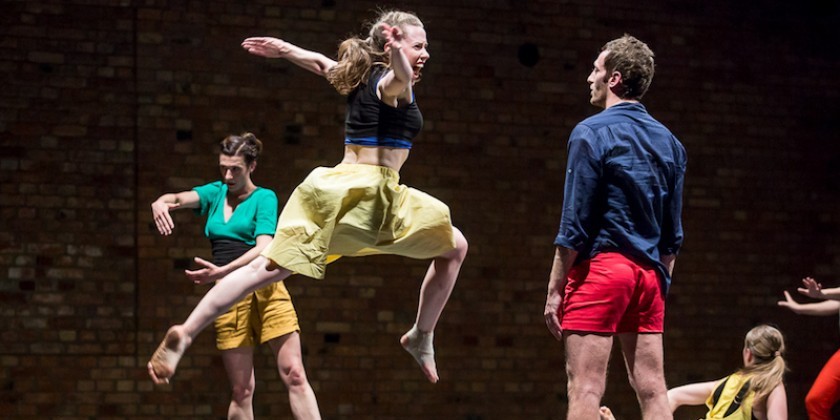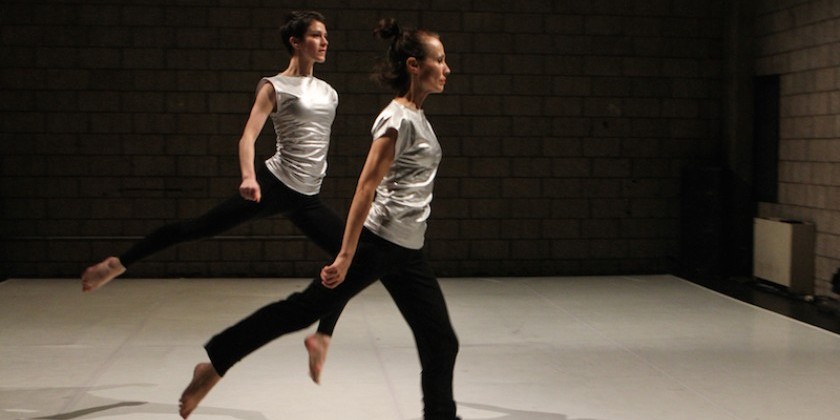Impressions of: Tanztheater Wuppertal Pina Bausch
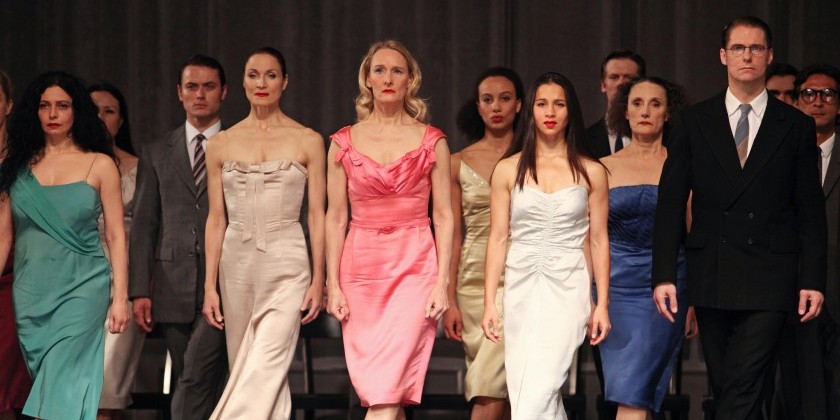
"Kontakthof" at BAM
Kontakthof
Tanztheater Wuppertal Pina Bausch
October 23 – November 2, Howard Gilman Opera House
Directed and choreographed by Pina Bausch
Set and costume design by Rolf Borzik
Collaboration by Rolf Borzik, Marion Cito, and Hans Pop
This year marks the thirtieth anniversary of Tanztheater Wuppertal Pina Bausch's debut at the Brooklyn Academy of Music (BAM). For this landmark occasion, the company brought Kontakthof, one of Bausch's seminal works, back to BAM where the piece had its New York premiere.
Though it was first performed in 1978, Kontakthof still provides biting commentary on gender roles and courtship drama. Its continued relevance attests to Bausch's insight and singularity, and makes the commentary that much sharper – some things haven't changed much over the last 30 years.
According to BAM, Kontakthof roughly translates to "contact zone." That sounds quite ominous, and sometimes it is. While the work is often purely comic, it expertly treads the line between funny and disturbing.
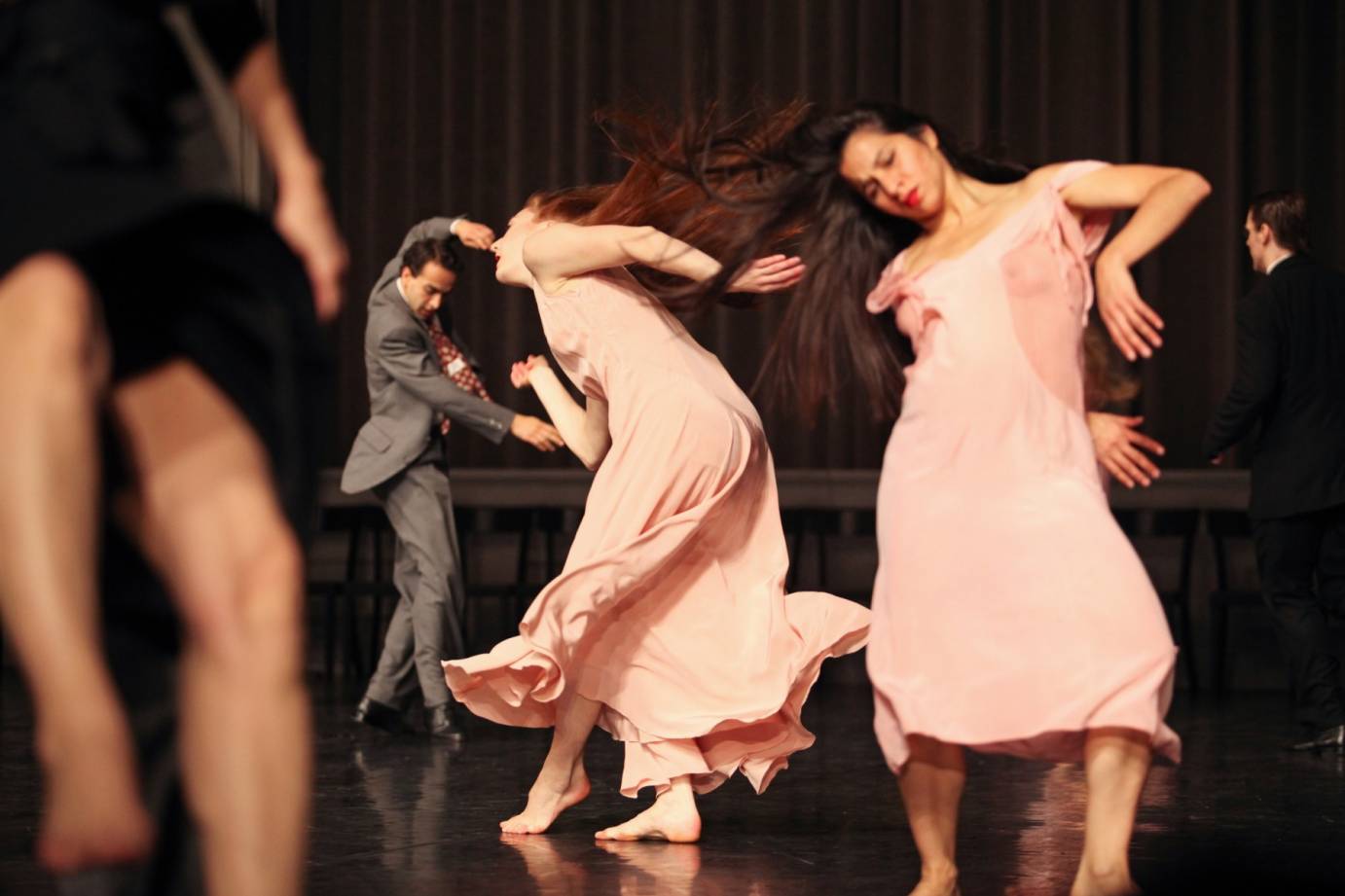
The "contact zone" in this case is a dance hall designed by Rolf Borzik, the austere setting clearly established by high walls with ornate details, chairs placed along those walls, and a piano on stage. The music is intermittent. Mostly it consists of popular German songs from the 1930s, though a few of the dancers take turns at the piano. Borzik, Bausch's husband and longtime collaborator, also designed the costumes. The cast of 23 begins the dance in formal attire, seated in the chairs that line the space as if waiting for an invitation to dance. The men wear suits for the entire piece, but the women go through several costumes, sometimes changing on stage. They begin in colored dresses, and at other times appear in black dresses and pink nightgowns. Their rotating costumes comment subtly on the constant pressure women experience to wear the "right" thing.
One of the most striking examples of Bausch's ability to provoke laughter and discomfort simultaneously occurs when the women line up along one wall, and the men line up in chairs across from them. Both groups begin to flail and shake, and every few seconds the men move their chairs closer, closer. When the two lines meet, we see that the men are reaching and grabbing, and the women are pushing, struggling, and deflecting. Their positions are later reversed, with the men standing and the women in chairs, but still the women struggle while the men grope.
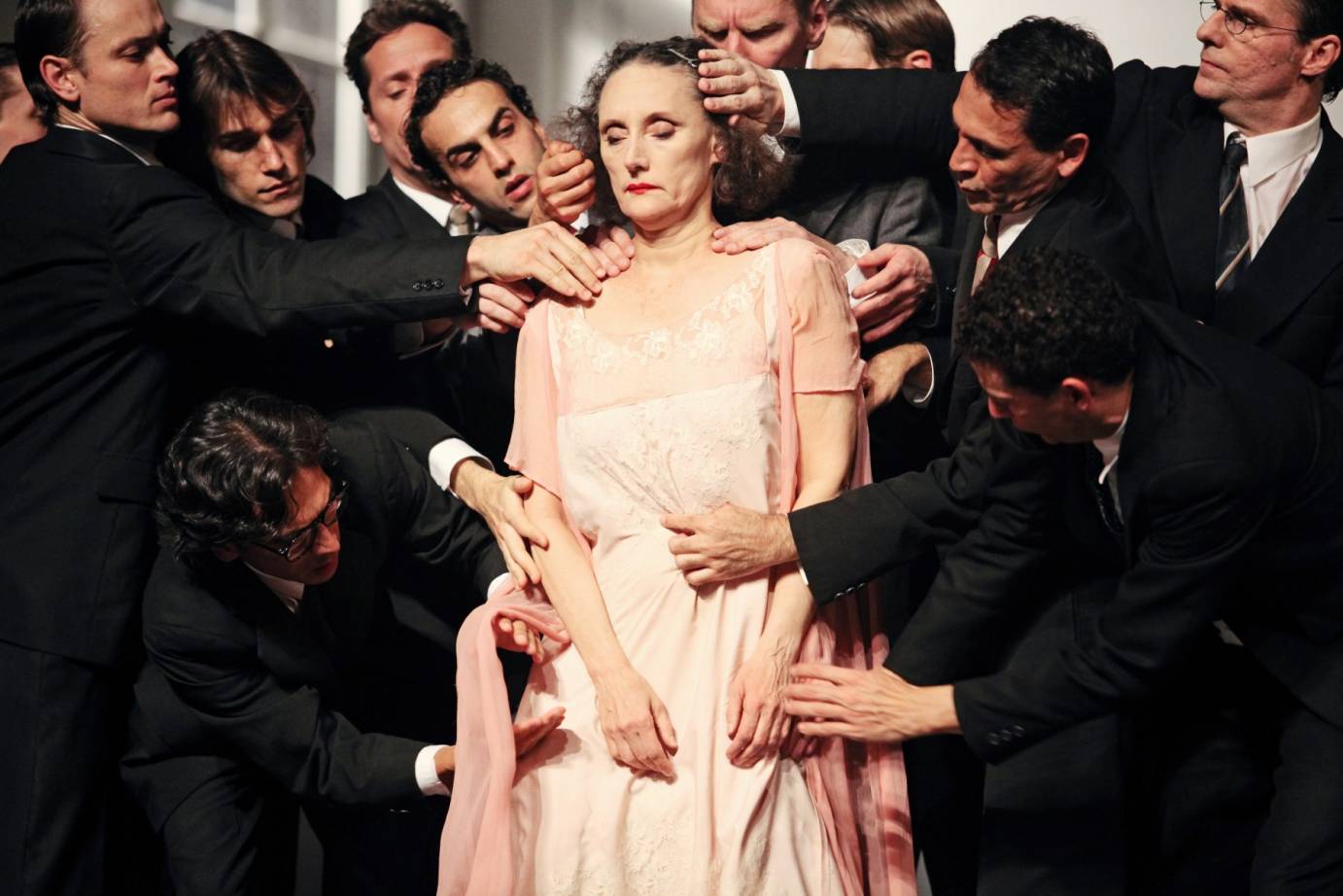
Kontakthof also expertly observes that courtship is so much about performance. At the beginning of the piece, the performers mass together to do a soft shoe dance, staring straight ahead at the audience before deliberately turning their backs on us. Throughout the evening, they play to the audience and show their awareness of being watched, looking out at their observers with grins that are sometimes smug and sometimes alluring.
The dancers perform for one another as well. Early in the work, some of them stand in couples, trading smacks, pokes, and pinches as if they were circus tricks. Other dancers, seated around the periphery, clap politely like an obedient audience.
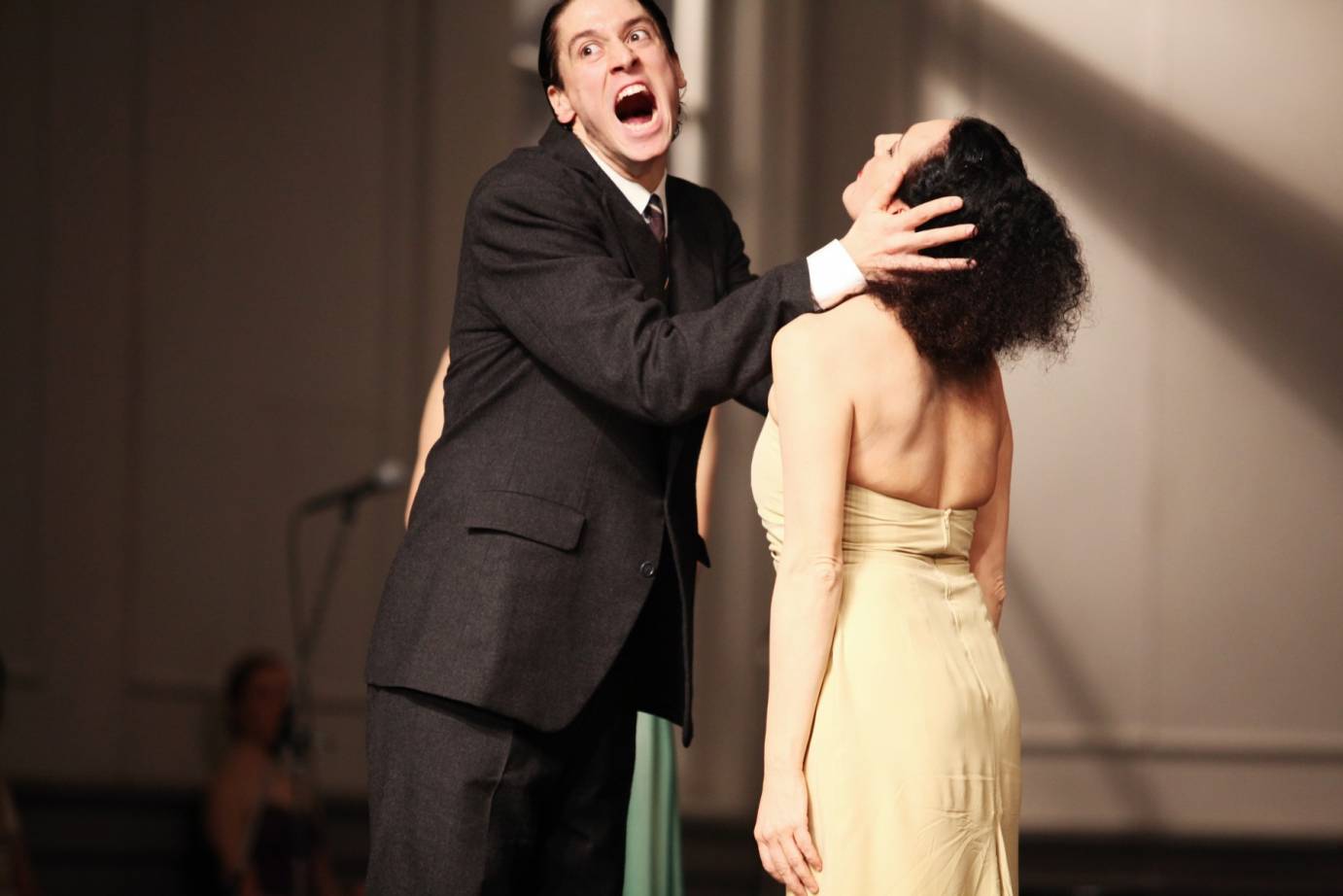
At nearly three hours, Kontakthof is long, though not torturously so because the dancers are so engaging. But when the intermission comes about two hours in, it does slow the work's momentum. Why not just push forward to the end?
The work's conclusion is satisfying when it does come. Repeating a motif, the cast promenades in a circle. They perform small gestures, gazing out at the audience invitingly. Intermittently a few of them trade knowing looks. The simplicity of this moment and the magnetism of the performers make it seem as though their circling could extend into eternity.




